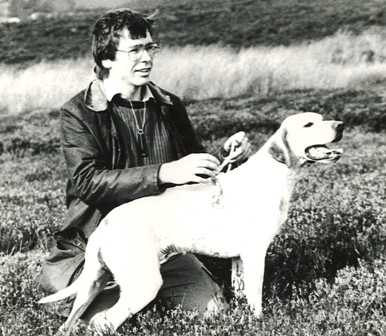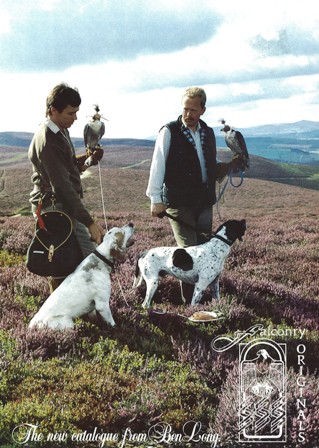Contrary to what you might imagine, NOW is the golden age of falconry. Until fairly recently, it was just about impossible for most people (especially riffraff like myself) to experience the thrill of keeping and flying the many and varied species of hawks, falcons and eagles.

In 1971, at the tender age of 16 (no prizes for maths), I managed to obtain my first bird, a kestrel. Although I had no history of falconry in my family, I had been enthused by the thought of flying hawks for some time before that, and had read all the books I could find on the subject, from Edmund Bert’s 1619 classic “Hawks and Hawking” to the modern (at that time) “Falcon in the Field” of J.G. Mavrogordato.
It was virtually impossible to get any tuition then, and practising falconers were few and far between. Probably there were only a couple of hundred in the country, maybe less, and it was a detective story in itself to find any hawk to buy.
Kestrels are now considered far from a suitable beginners’ bird, but there was little choice in those far-off days. It was usually either a kestrel or a common buzzard (which weren’t so common then), neither of which were generally capable of catching quarry, so which could only give you the rudiments of training and management. I managed to train and fly the kestrel free after an inordinately long three months. Most raptors can be flown free after only 3 or 4 weeks – and sometimes in as little as a few days.
The following year, I bought a lanner falcon, for a massive £45 (I had a job by then!). In 1973 I became a member of the British Falconers’ Club, and actually began to meet some of the legends of falconry whom I hitherto had only read about. Some had even been out with the Old Hawking Club in its latter years, like Jack Mavrogordato, Bill Ruttledge and Ronald Stevens – great names in the “wilderness years” of falconry.
Through the BFC I got an “eyass” (nestling) wild-taken, Finnish goshawk. I was finally able to take quarry, again entirely by learning from books, and I subsequently flew various goshawks and spars (the correct term for a female sparrowhawk only, the male being a “musket”), all legally wild-taken eyasses and “passage” (trapped immature) hawks. Falcons, which I suppose have always been my favourites, were largely inaccessible until the captive-breeding era. Or at least the useful ones, like peregrines.

In those Olden Days it was just about impossible to buy the necessary equipment (correctly termed “furniture”), so we happy few were obliged to make our own, and every book had information about making equipment. Most of this information was rather poor as the authors were not, of course, professional equipment makers. It was mentioned that, for instance, good jesses were made from dog skin, or from goat skin, both of which are totally unsafe.

I picked up as much information as possible, from any source, but almost everything was just trial-and-error, and plain hard work. I tried to find materials like buckskin for gloves, and special leather for leashes, and I had been diligently making the necessary gloves, jesses, swivels etc. When I eventually began to meet a few other falconers, my efforts were found to be slightly less rubbish than theirs, and they began to buy equipment from me.
This led eventually to me starting to make equipment full-time in the early 1980s, and I spent years trying to perfect new techniques and designs, particularly in hood- and glove-making.
My own small claim to fame in the falconry world is that I made the first furniture which didn’t look and function like “home-made”. This was particularly true with my producing Dutch-style (blocked) hoods that actually fitted. Prior to then, they had been based on the old Dutch Mollen hoods, designs which had remained unchanged since probably the 1600s and which had been supplied with falcons trapped in Holland, a trade which had ceased around 1930.
Although making equipment as a living, I had to start in a very small way with everything hand made as it had always been. Soon demand began to outstrip the amount of goods I could supply, and I had to start using a certain amount of mechanisation, although much of the output is still to this day created by hand.
In the late 1980s I changed the name of the business to “Falconry Originals”, and issued my first colour brochure. It was a simple 4-page cover, but it was the first one which had ever been made to sell falconry products and resulted in sales increasing by 250% in one year!
Falconry Originals has no longer any connection with Ben Long Falconry. Over the years many falconers have tried to start similar equipment businesses, mostly by copying Ben Long products as closely as possible, with no imagination added whatsoever. However, usually the workmanship is lacking, and the products are just poor imitations of the real thing.

These days, Ben Long Falconry employs a small number of skilled craftsmen and craftswomen, and sells an amount of products at least double its next nearest competitor. These products are sold throughout the UK and all over the world, and are highly esteemed by discerning falconers everywhere.
